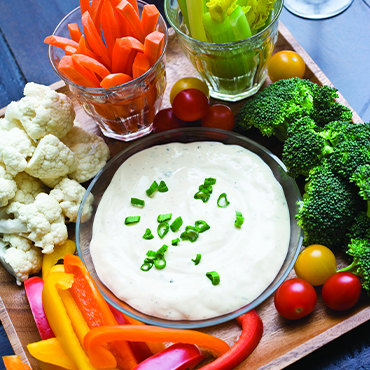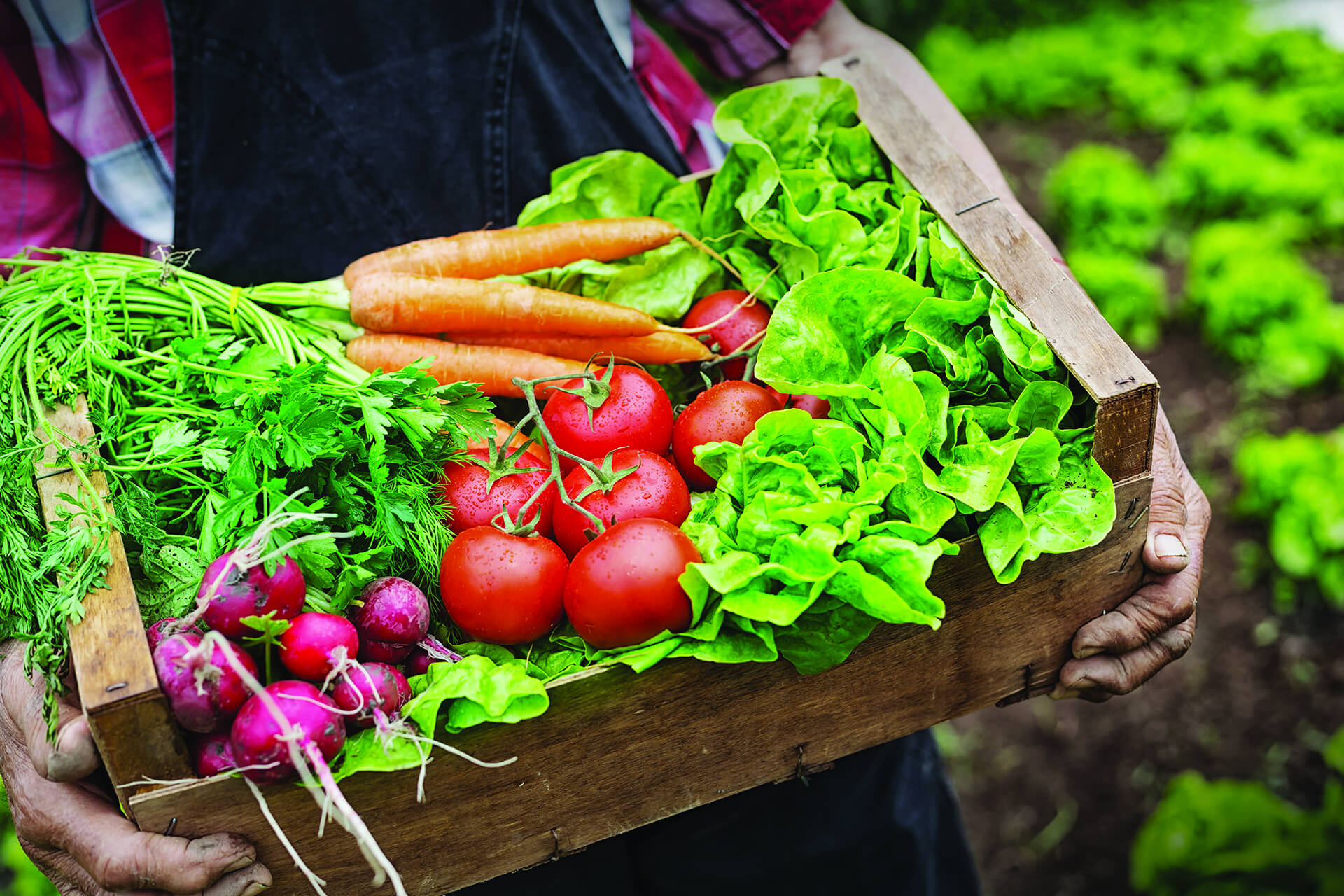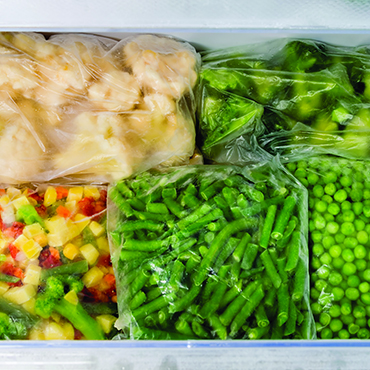Bocadillos con salsas
Agrega perejil o cilantro picados y cebolletas al yogur natural, y sírvelo como salsa con rebanadas de rábanos, tiras de zanahoria, espárragos, brócoli y otros vegetales frescos cortados.


Hay muchas formas de disfrutar los beneficios de los colores, sabores y nutrientes de los productos agrícolas de primavera. Estas son algunas ideas que te ayudarán a aprovechar al máximo tus frutas, hierbas y vegetales favoritos de la primavera.
Agrega perejil o cilantro picados y cebolletas al yogur natural, y sírvelo como salsa con rebanadas de rábanos, tiras de zanahoria, espárragos, brócoli y otros vegetales frescos cortados.


Usa tubérculos (como papas, zanahorias y cebollas) y corta finamente vegetales verde oscuro, cebolletas y perejil para agregarles sabor, color y nutrientes a las sopas y a los caldos caseros.
Para los bebés de 6 a 9 meses de edad, cocina coliflor, brócoli, remolacha, zanahoria, papas y otros tubérculos al vapor y hazlos puré. Los albaricoques y melocotones pelados y triturados también son excelentes opciones de primeros alimentos.


Corta acelga, rúcula, espinaca o col rizada y agrégalos en los platos salteados. Dado que se reducen mucho de tamaño cuando los cocinas, puedes agregar varias tazas a un solo plato.
Si compras más productos agrícolas de los que tu familia puede comer, simplemente córtalos, colócalos en agua hirviendo durante 3 minutos, déjalos enfriar y, luego, ponlos en bolsas para el congelador y almacénalos allí para consumirlos más tarde. Etiqueta la bolsa con la fecha y úsalos dentro de los 6 meses.

Side-Lying Hold
This hold is useful when:
Cross-Cradle Hold
This hold is useful when:
Clutch or “Football” Hold
This hold is useful when:
Cradle Hold
This hold is useful when:
Laid-Back Hold
This hold is useful when: